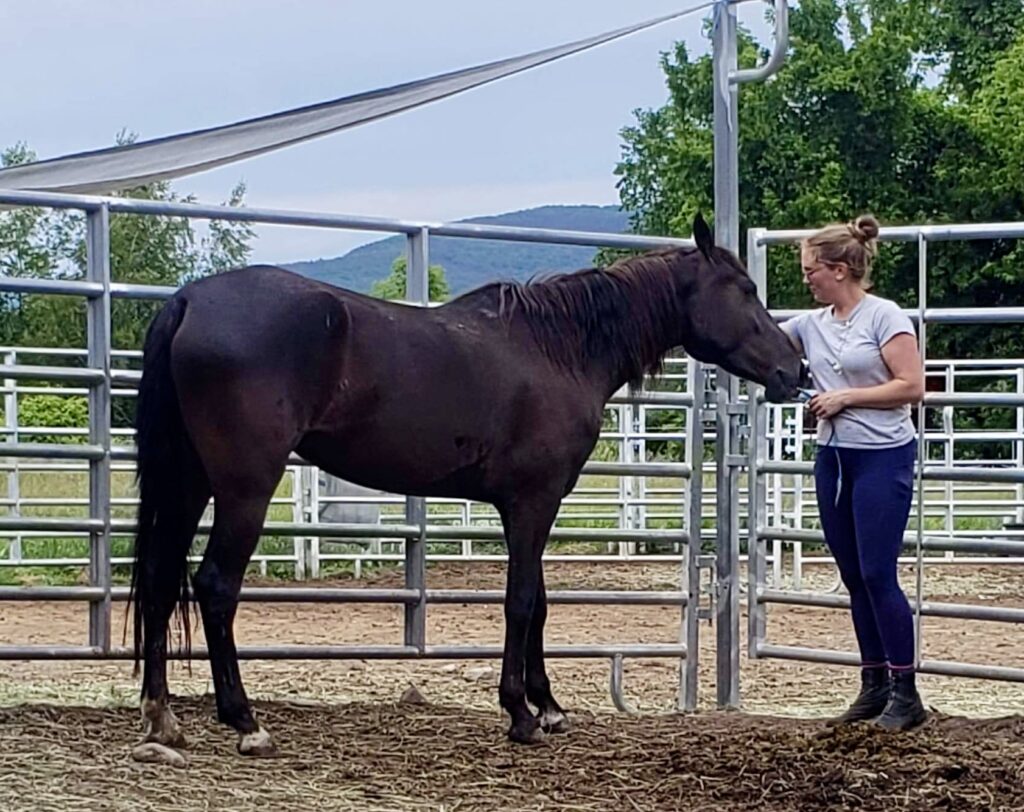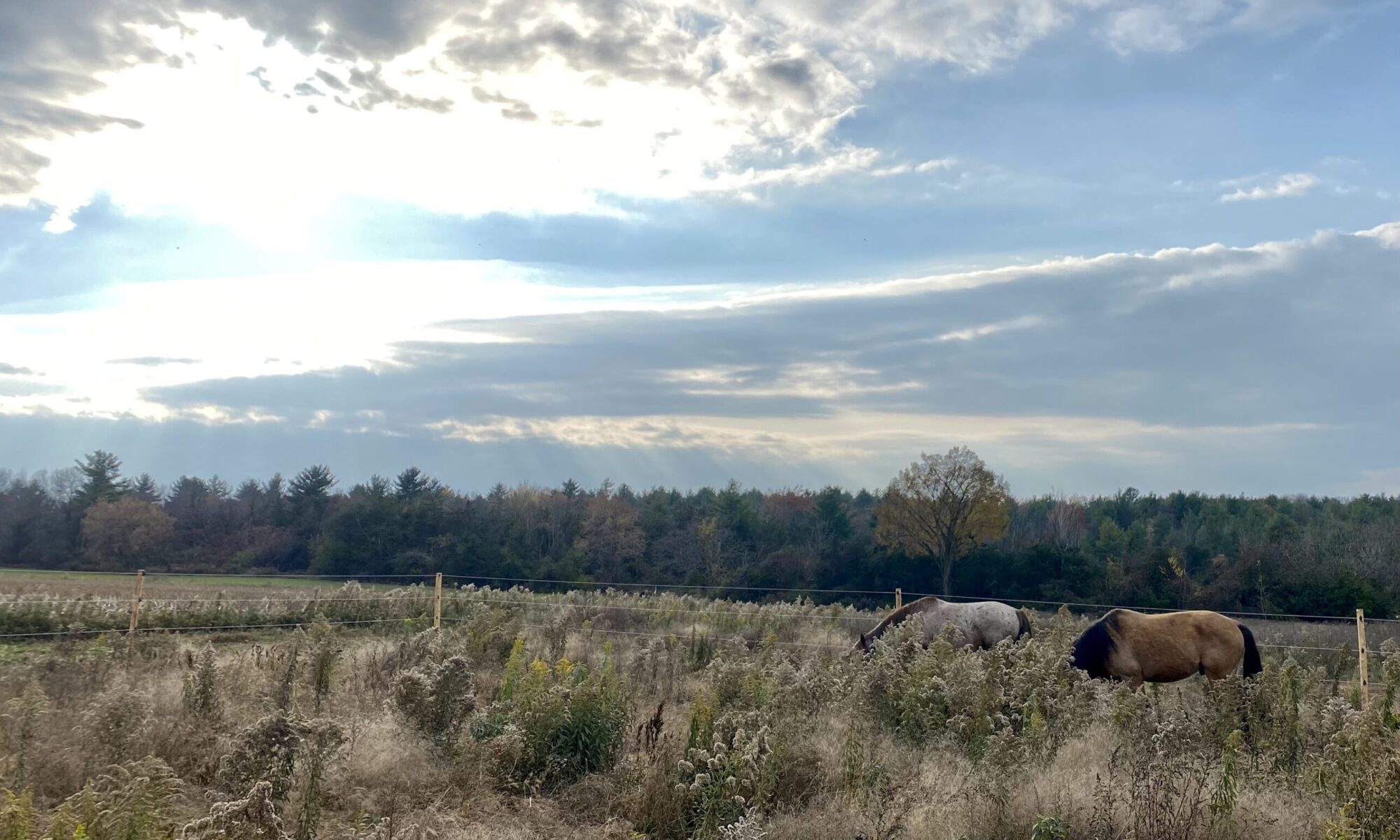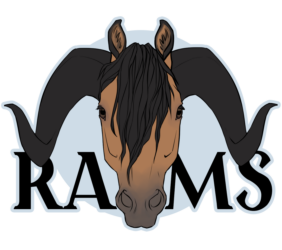There are dozens of Herd Management Areas (HMAs) in the American West. These public lands are home to the feral mustangs. HMAs tend to be isolated from each other, so their populations develop distinct traits that make each herd unique!
On this page, you will find information about the various herds in which our mustangs (both resident and adoptable) were born. Each horse is unique, and there will be outliers in every herd, but these characteristics can help you decide which HMA is right for you!
Devil’s Garden CA
The Devil’s Garden is a volcanic plateau in northern California. This herd is in high demand for its sturdy, quiet horses with lots of draft ancestry. The classic DG color is bay, but the region also produces cream dilutes, roans, and the occasional blue eye.
Most horses from Devil’s Garden are relatively low-energy and forgiving, making them excellent first-timer mustangs. However, individuals with more cavalry and ranch horse ancestry can be extremely athletic.
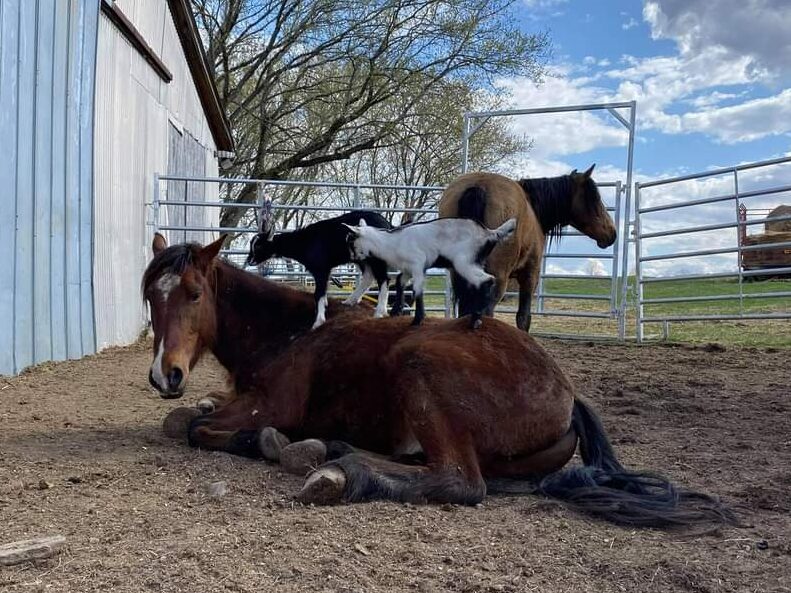
Most of our mustangs are from Devil’s Garden. We love this HMA because of the calm, sturdy horses it produces. As a bonus, their hooves are rock solid because of the stony terrain of their home range.
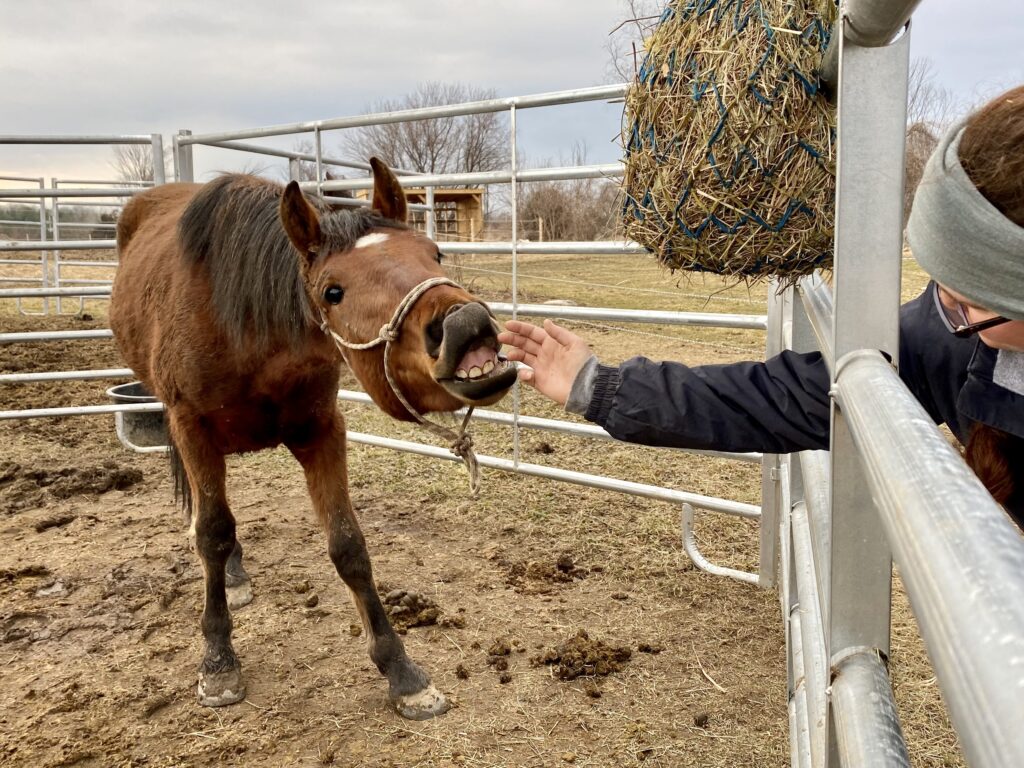
Genetic testing has found Old World Iberian, New World Iberian, Carriage Horse, and European Draft blood in the Devil’s Garden gene pool. These mustangs have DNA in common with PRE, Garrano, Criollo, Cleveland Bay, and Suffolk Punch horses.
Devil’s Garden horses range from pony-sized (with some under 14 hands) to 16 hands, with a few even taller. They tend to be thick, heavy horses with awesome feet and a ton of bone.
They often excel in:
- Ranch work
- Dressage
- Trail/pleasure
Fun Fact: in summer 2021, a Devil’s Garden gelding named Pelos sold for over $22,000 at an Extreme Mustang Makeover event.
Our DG horses:
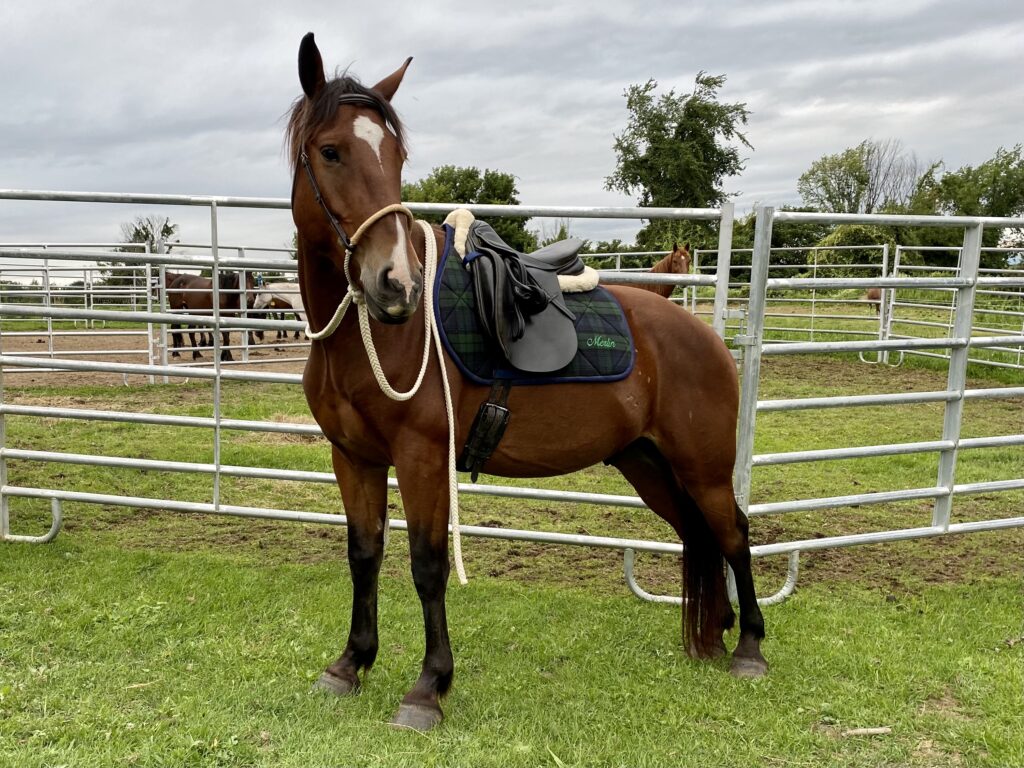
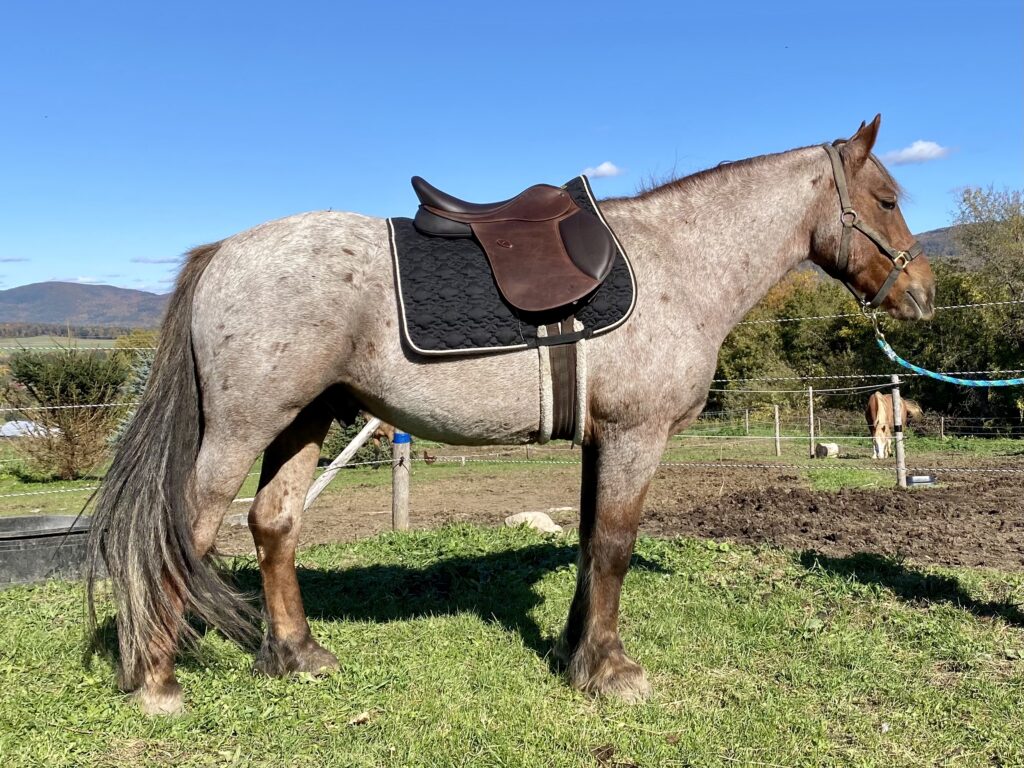
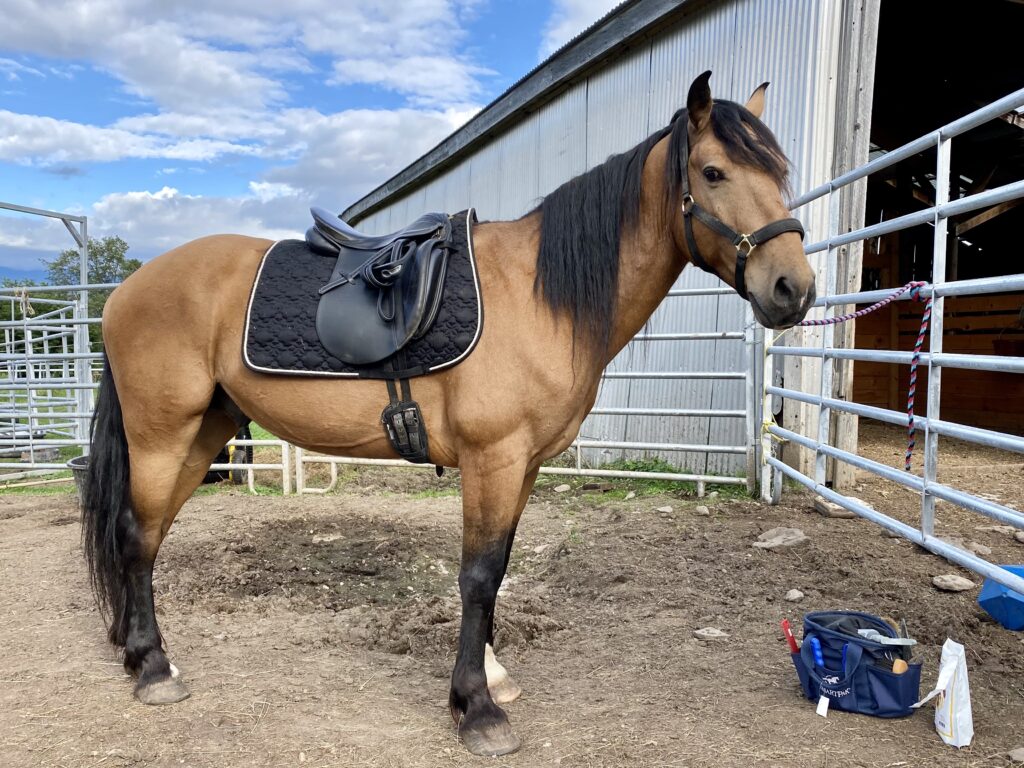
Warm Springs OR
Warm Springs is a rolling, semi-arid region in southeastern Oregon. This area is known for producing tall, athletic horses in any color you could want, including paint, cream, true white, and appaloosa! Horses from Warm Springs excel in high-energy sports like eventing and endurance. However, they are kind and intelligent enough to make good family horses as well.
Genetic testing has found mostly Old World Iberian and New World gaited horse blood in the Warm Springs gene pool. These mustangs have DNA in common with PRE, Garrano, Sorraia, Saddlebred, Foxtrotter, and Tennessee Walking horses.
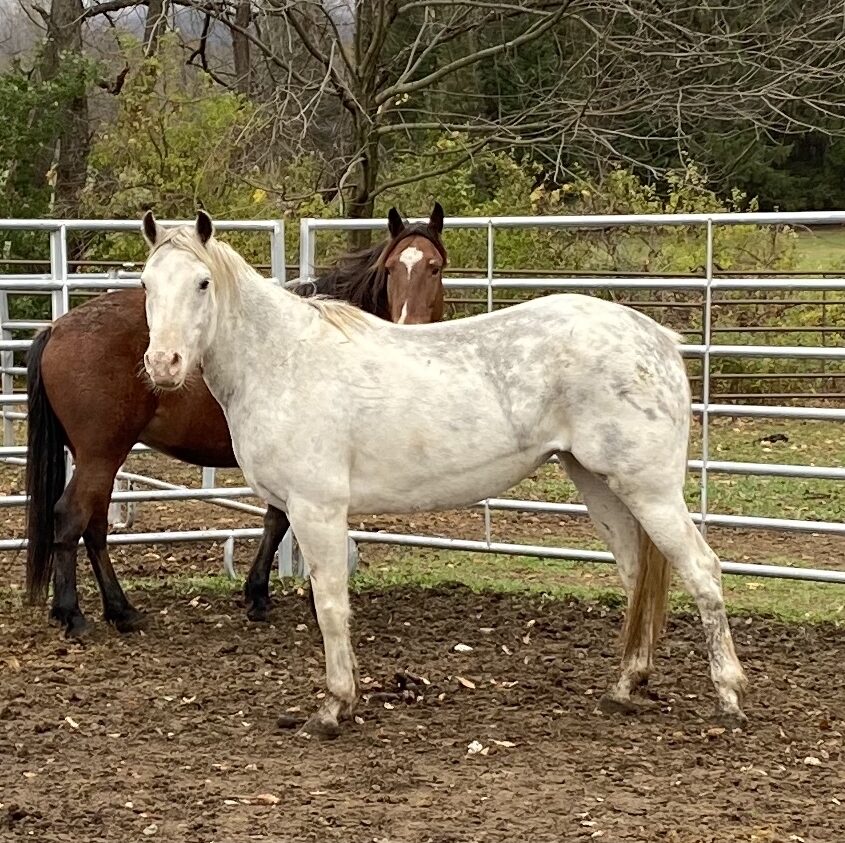
Warm Springs horses tend to be tall and well-muscled. They typically range from 14.2hh and up, with some individuals clearing 16 hands. Many are relatively energetic and sensitive compared to mustangs from other areas. Some ranch workers also swear by their cow sense!
They often excel in:
- Eventing
- Showjumping
- Barrel racing
- Gymkhana
- Endurance
Fun Fact: There are two herds called Warm Springs in Oregon. One is the BLM-managed Warm Springs HMA, and the other is the Warm Springs Indian Reservation herd, managed by the Confederated Tribes of Warm Springs.
Our Warm Springs horses:
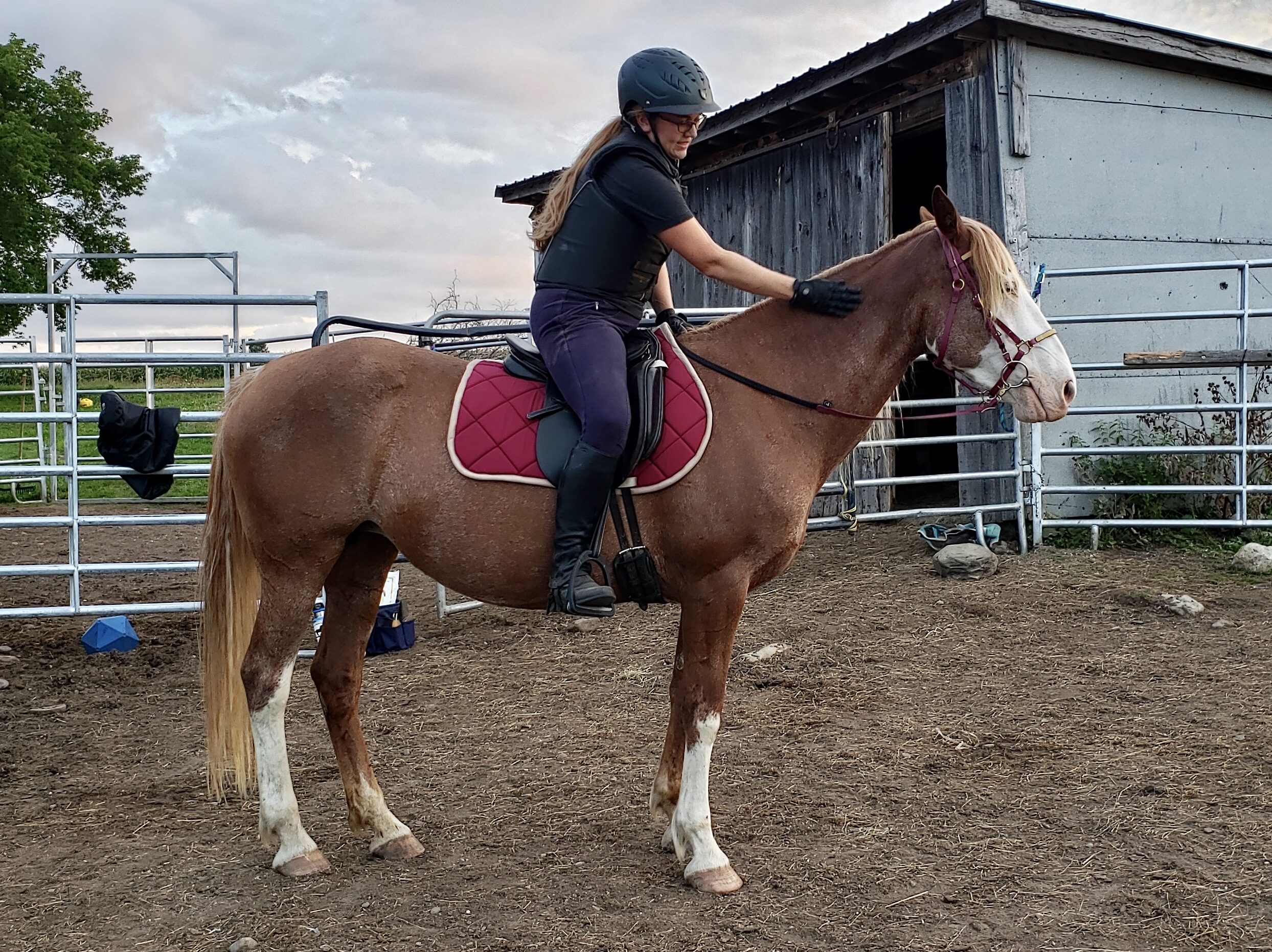
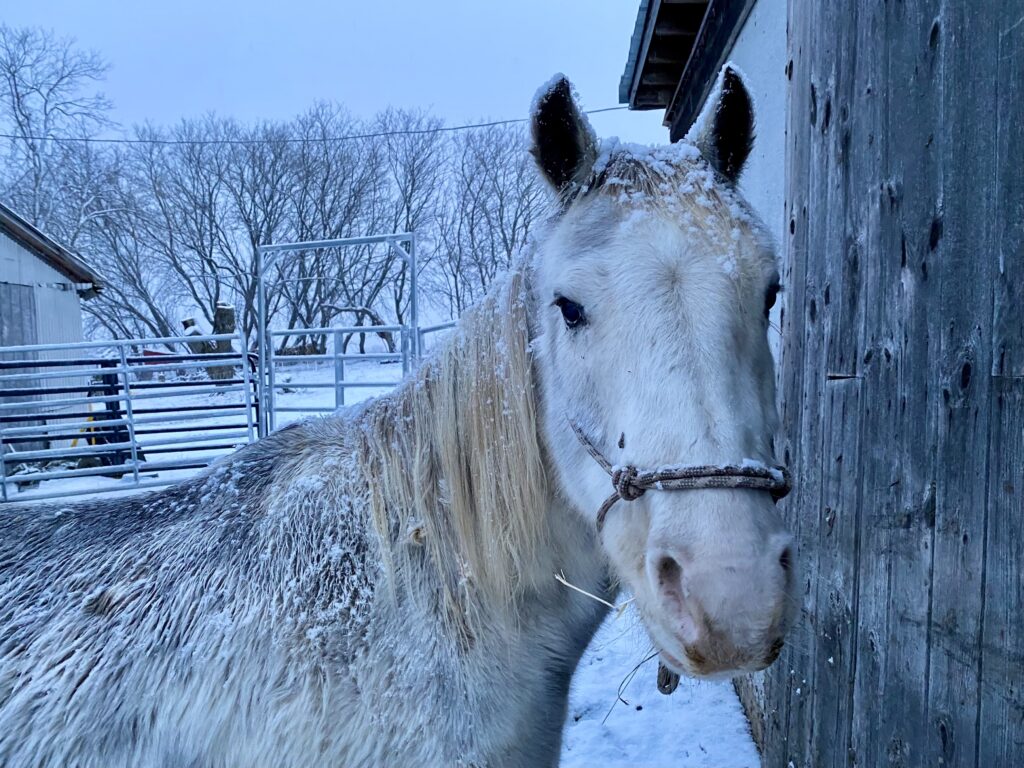
McGavin Peak CA
McGavin Peak is a small wild horse territory in Klamath National Forest in Northern California. It’s a few hours from Devil’s Garden by road, separated from that HMA by natural boundaries and a major highway. This herd is small, isolated, and close to indestructible—according to the federal government, this region should not be able to support wild horses.
There have been no major genetic studies of McGavin Peak wild horses, and no one knows where the first of this region’s horses came from. The historical record suggests that ranch, mining, and cavalry horses were released into the area, and in the 1930s, some American Standardbreds may have been deliberately added to the herd.
McGavin Peak horses are smart and sturdy, living among rocky cliffs and outrunning mountain lions.
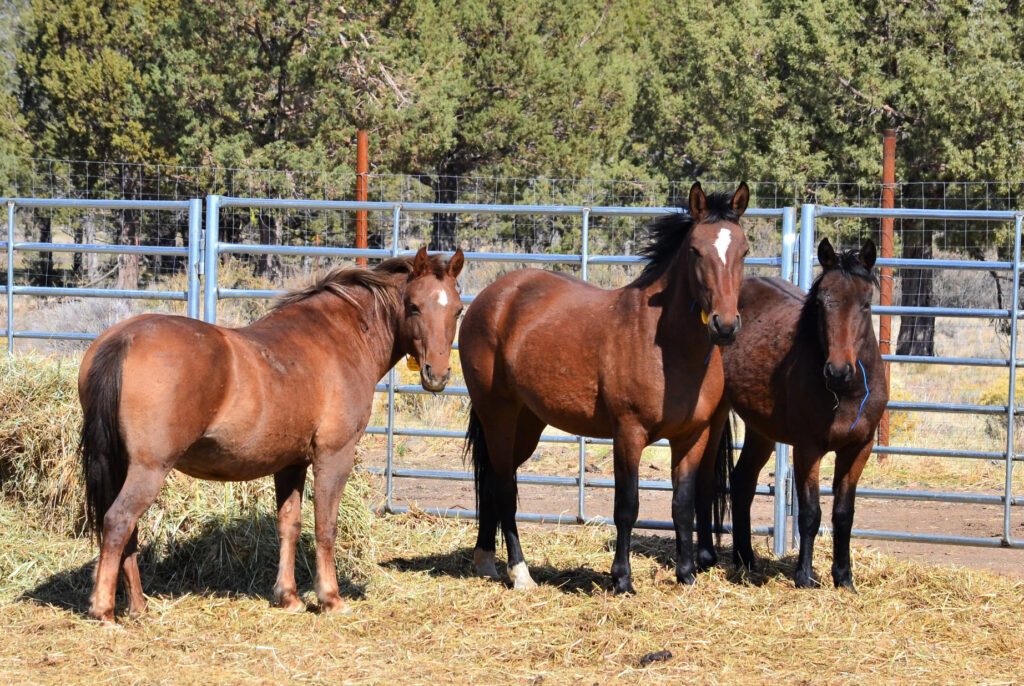
They tend to be smaller, from pony size to about 15 hands, and plain in color, though some individuals may be spotted. Because of their isolation and harsh environment, there are only about 130 of them around, making them one of the rarer mustang strains.
We suspect that McGavin Peak horses will excel in:
- Endurance
- Ranch work
- Driving/harness
Fun Fact: In the 1930s and 40s, McGavin Peak horses were the subject of recreational “horse chasing,” wherein people would deliberately run the horses into and over fences for sport.
Our McGavin Peak horse:
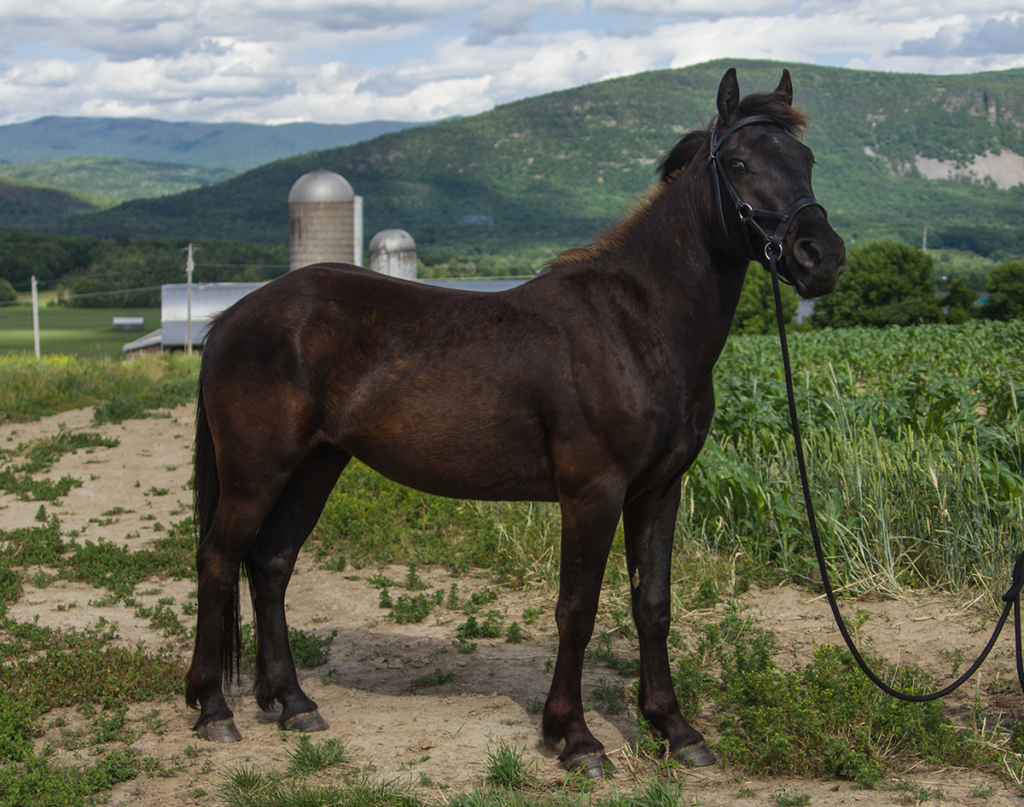
Silver King NV
The Silver King Herd Management Area is an over half-million-acre mountainous region in eastern Nevada. It is separated from the Utah border by the neighboring Eagle HMA, and it is separated from Eagle by a single highway. Silver King’s climate is primarily desert, and its AML is set at 60-128 horses.
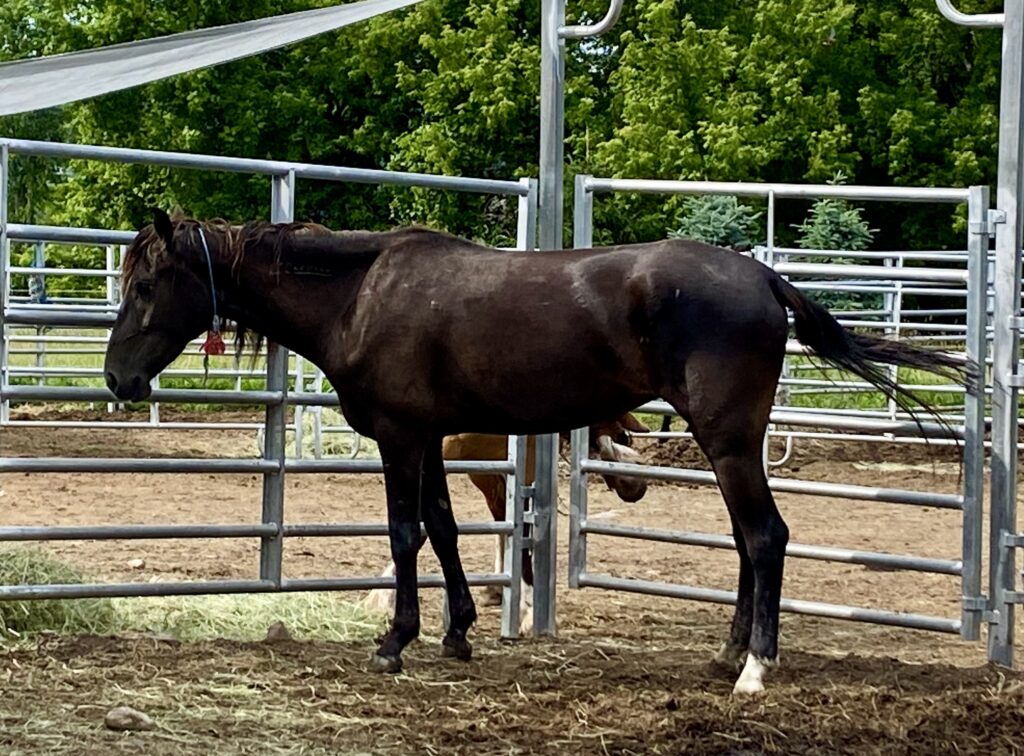
The majority of Silver King horses are pony-sized, but some grow to over 15 hands. Most are plain-colored, but the region does produce cream dilutes. Like its neighboring Eagle, Silver King has a reputation for producing energetic, sporty horses that may tip over into “hot” temperaments. However, they can also be curious, affectionate, and people-positive. This is a good HMA to look at for sport pony prospects.
About 253 horses were removed from Silver King HMA in early 2021.
We suspect that Silver King horses will excel in:
- Eventing
- Showjumping
- Endurance
- Barrel racing
- Gymkhana
Fun Fact: A 2010 BLM educational video shows the environmental changes that excess wild horses can make in the Nevada desert and the reason why these horses are gathered and removed.
Our Silver King horse:
